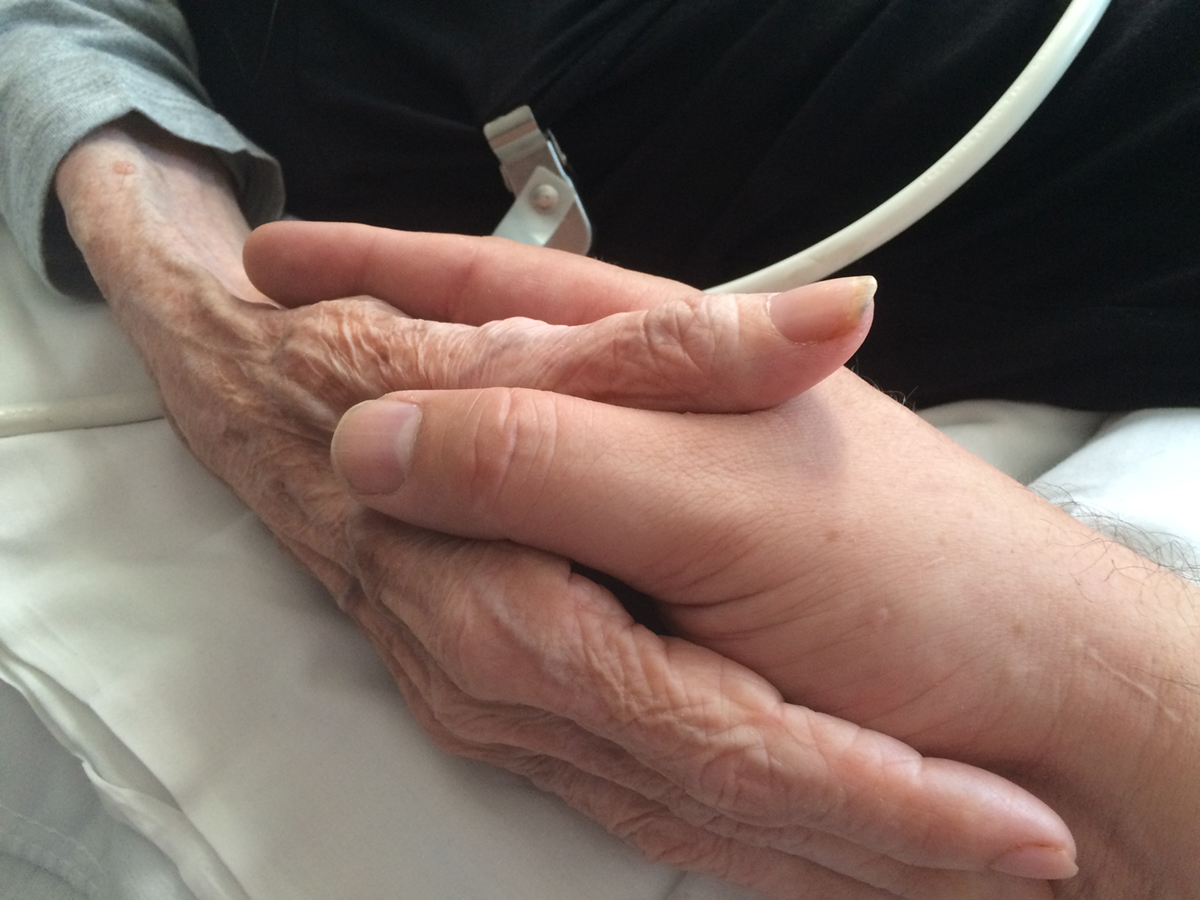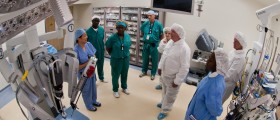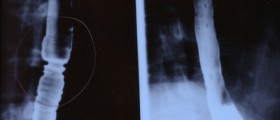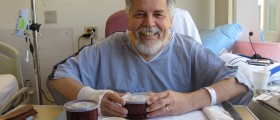
Esophageal cancer aftercare
According to the data, the patient who had a surgical procedure for the cancer of the esophagus will not stay in the hospital for longer than two weeks. It is normal for all the patients to spend the first night after the surgery in the intensive care unit or ICU. Most patients do not continue being connected to mechanical ventilation after the procedure but those who are suspected of suffering from certain respiratory problems are left on these machines. Certain complications of the respiratory system like pneumonia and pleural effusion and complications of the cardiac system do not occur that often. However, when they do they are usually seen in the first couple of days after the operation.
After spending the night in the ICU the patients are taken to the surgical ward. However, patients whose respiratory and cardiac statuses do not look good are not taken from the ICU until these statuses are satisfactory. On the sixth day following the surgical procedure the patient undergoes a certain study called a swallow study. This is done in order for any anastomotic leakage to be checked for. Those patients who do not present any anastomotic leakage stop being fed through the feeding jejunostomy and start feeding orally. However, in some patients the leakage is present. If that is the situation the drainage tubes are not removed and the feeding continues to be administrated through the feeding jejunostomy. This is not stopped until there is no more leakage.
Not every patient goes home after being discharged. However, almost 90% of all patients do. Those who are not allowed to go home yet remain in a skilled nursing facility if they either live alone or cannot take proper care of themselves. Either two weeks or a whole month after being released from the hospital the patient will need to come back and see the surgeon for a checkup. The patient will also need to go twice per year on a regular visit to the oncologist for the rest of his or her life. A majority of patients are able to perform all the normal activities that they were able to do before the surgery after approximately two months after being released from the hospital.
Complications are possible with every operation and the situation is no different when a surgical procedure for the cancer of the esophagus is being performed. The data show that almost 40% of all the patients who undergo this surgery experience some sort of complication. The most often seen complications are those of the respiratory system. These complications are seen in almost 20% of all cases and include pneumonia, pleural effusion and atelectasis. Cardiac complications are seen in between 15 and 20% of patients. Cardiac arrhythmias and myocardial infarction occur most often. Septic complications like infection of the wound and anastomotic leak show up in 10% of all surgical procedures. A majority of complications require dilatation and are nowadays treated with endoscopic placement of plastic stents that can be both removed and can expand on their own. The chances of the patient dying during the procedure are 5%.
Leak after surgery
Due to the fact that there are no population-based studies that were done on seeing what is the mortality rate in case of postoperative intrathoracic anastomotic leakage. However, a certain study on this subject was performed in Sweden and it regarded the unselected and independent fatality rate of the leakage that occurred after the resection of the tumor. The study started in April 2001 and it lasted until the December of 2005. All of the data that included the patient and the characteristics of the tumor, procedures used in surgery, mortality rate and leakage after the procedure were collected properly. Logistic regression was adjusted for every patient and his or her age, stage of the tumor, comorbidity and even the volume of the hospital were all included.
Out of 559 patients who underwent the procedure, 44 of them or 7.9% experienced an anastomotic leak within a period of 30 days after the surgical procedure. Out of these 44 patients, 18.2% or 8 patients with the leakage died in the period of three months after the surgical procedure. On the other hand, out of 515 remaining patient who did not experience the leakage only 6.2% or 32 of them died in the same period.

















Your thoughts on this
Loading...